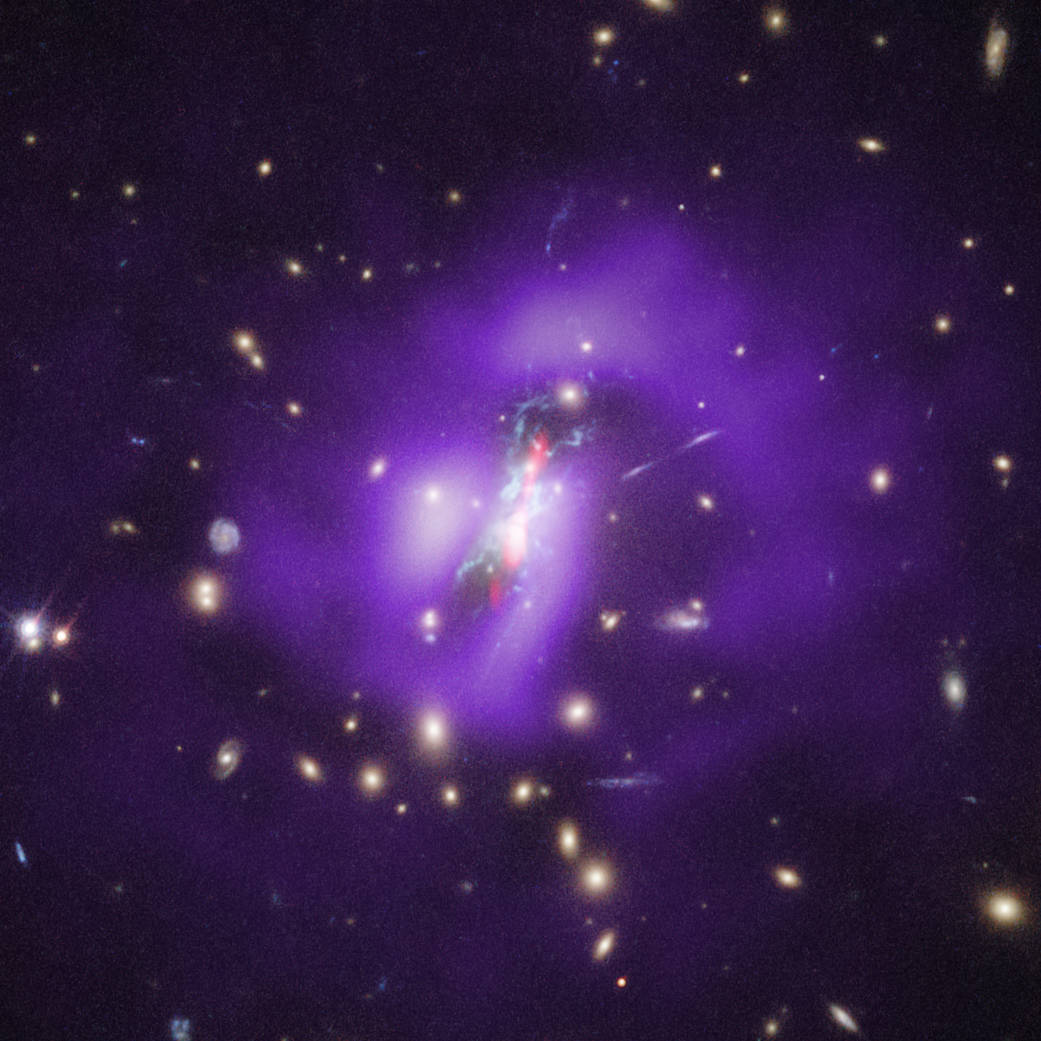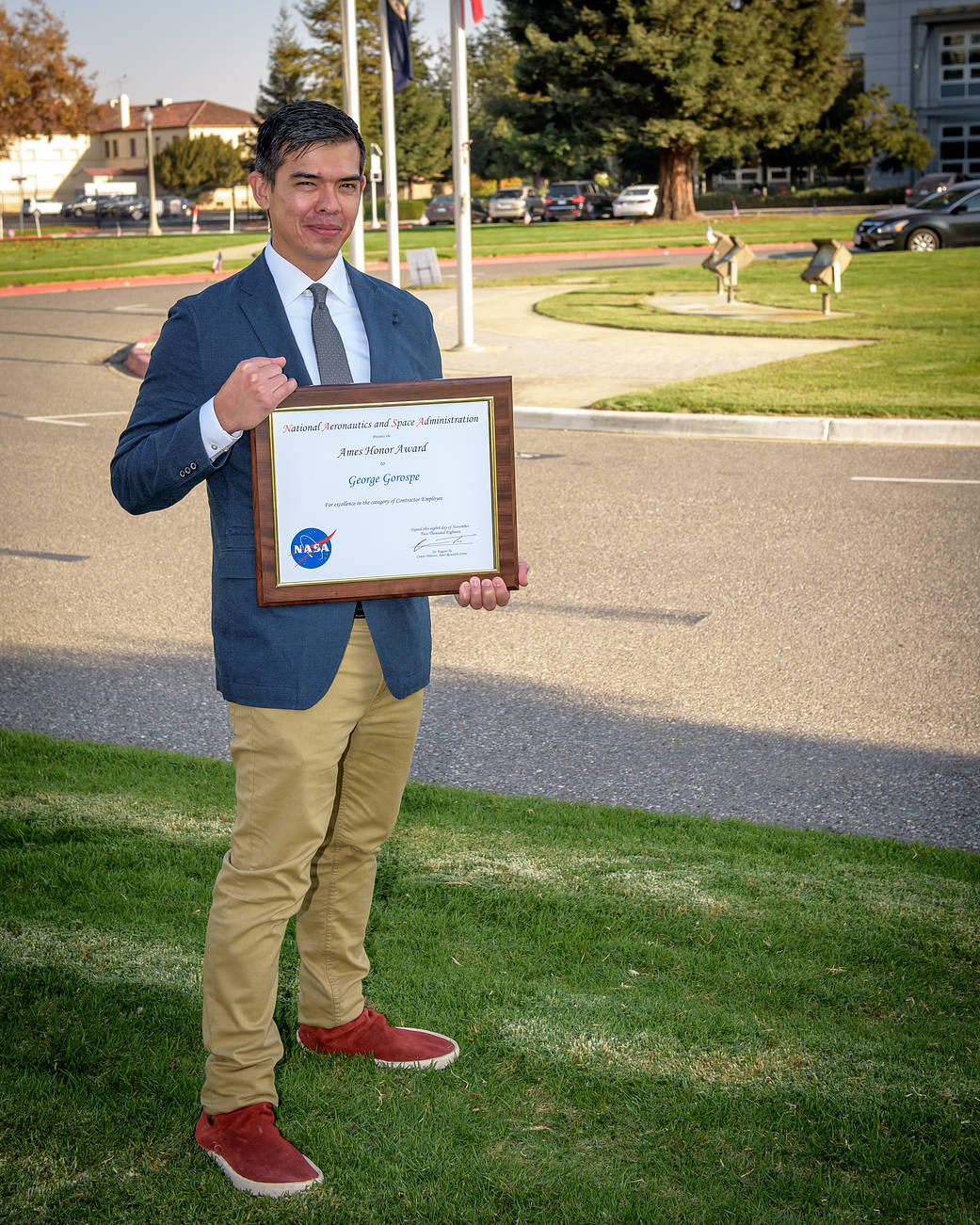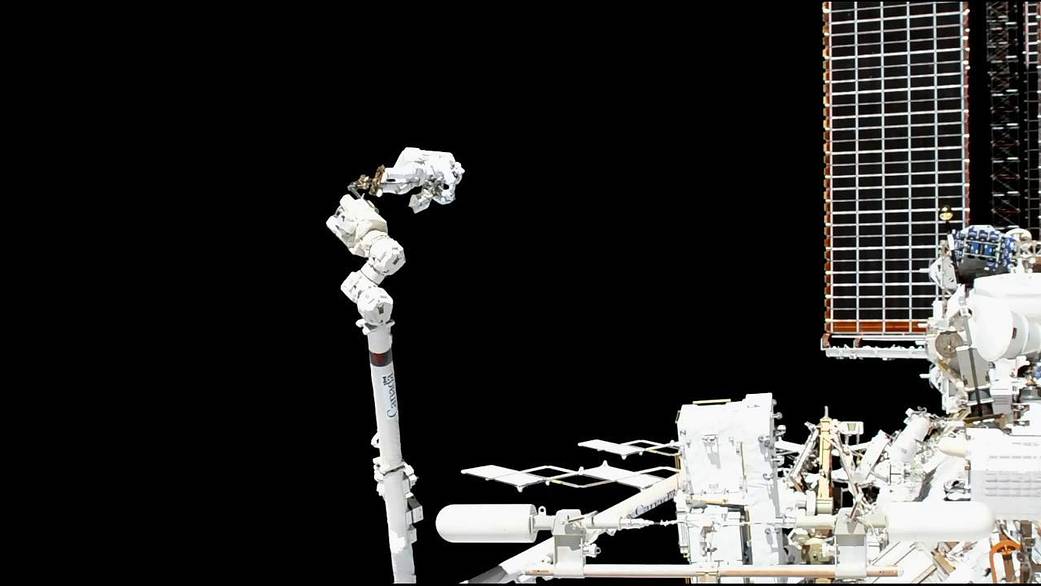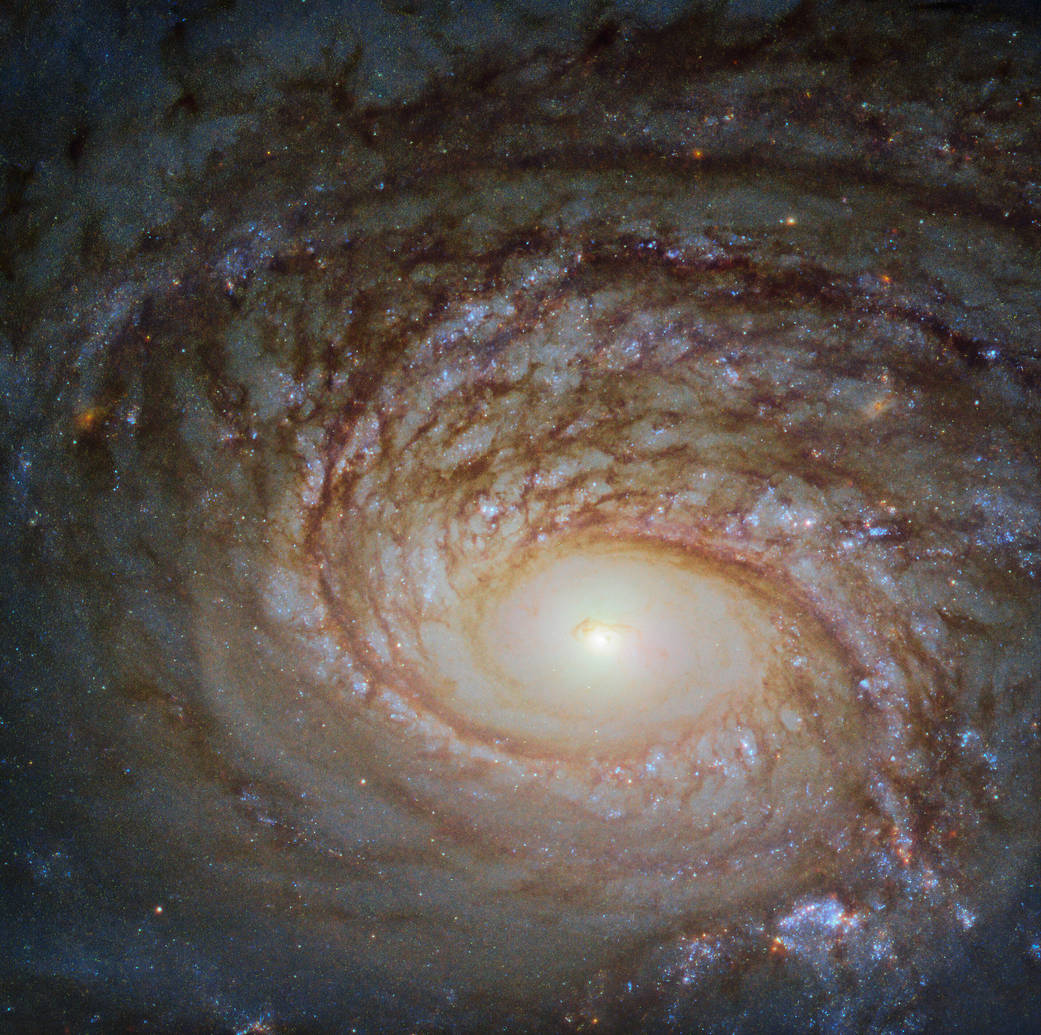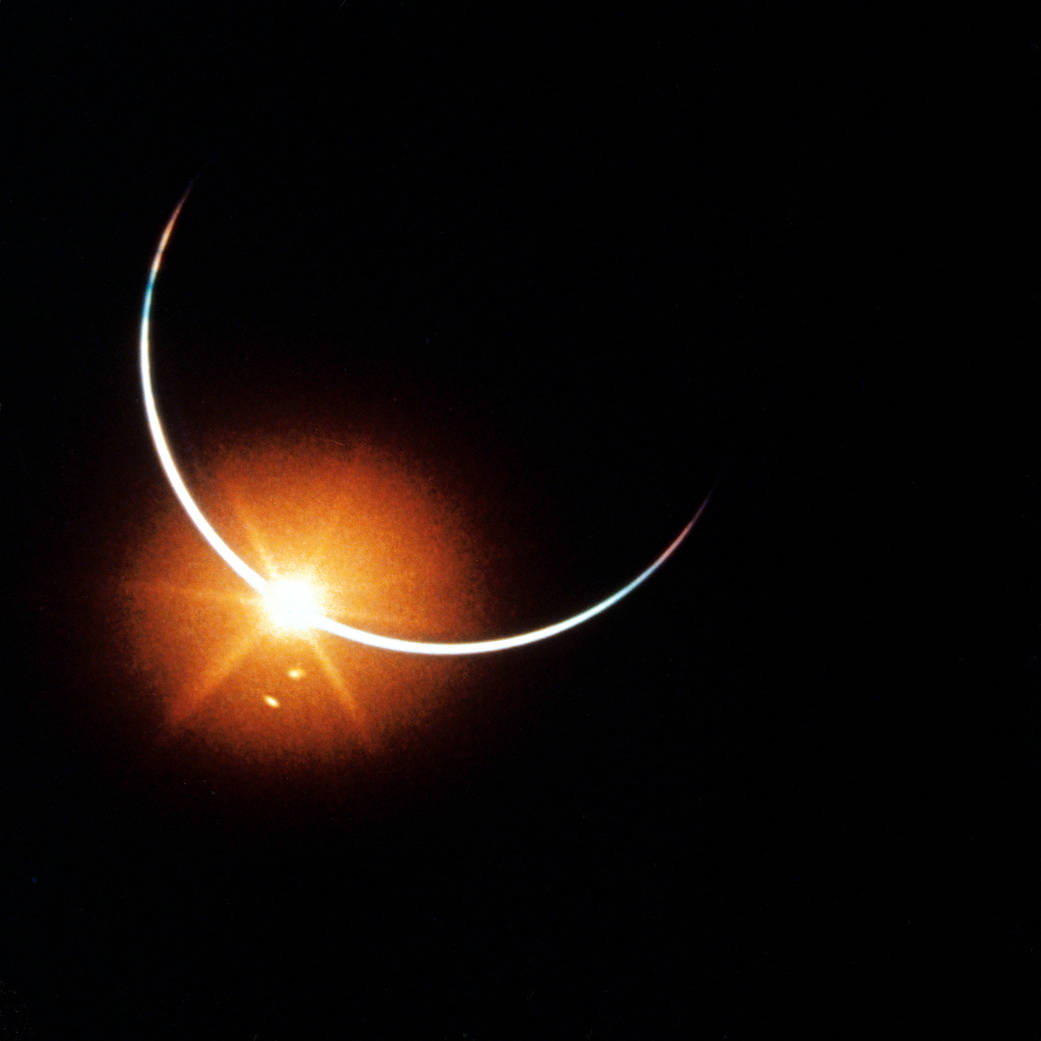2019年感恩节将在国际空间站举行
Thanksgiving 2019 Aboard the Space Station Right now, half of the crew members on board the International Space Station are American astronauts who are getting ready to celebrate Thanksgiving, and they have a message for us. View the video to see what the holiday means to NASA’s Christina Koch, Jess […]






